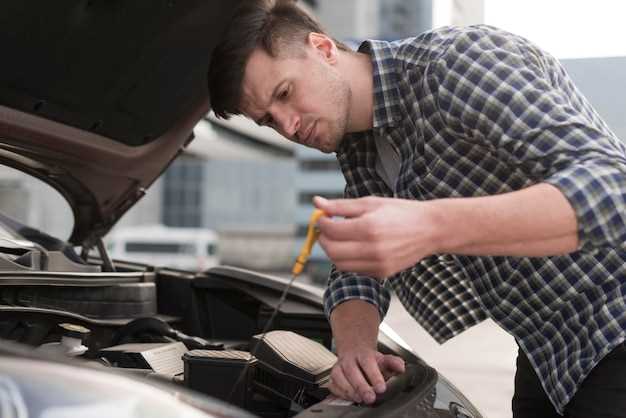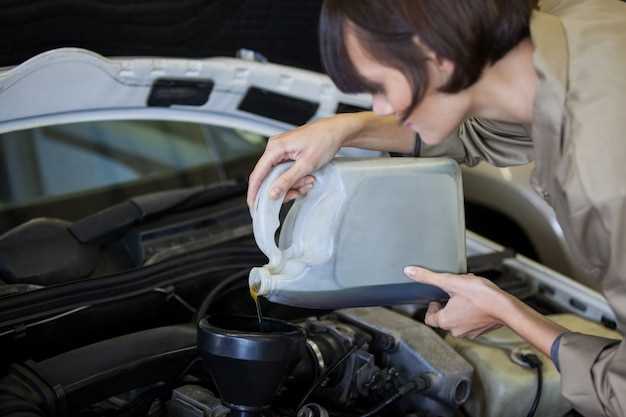
Maintaining your car’s cooling system is essential for ensuring its longevity and performance. The radiator plays a critical role in this system by dissipating heat generated by the engine. A well-functioning cooling system not only prevents overheating but also enhances fuel efficiency and overall vehicle reliability.
One of the key maintenance practices is to regularly flush the cooling system. This process removes accumulated debris, rust, and contaminants that can hinder the efficiency of the radiator. By keeping the cooling system clean, you help maintain optimal engine operating temperatures and extend the life of both the radiator and the engine components.
How to Check and Maintain Coolant Levels

Maintaining the proper coolant level is essential for your car’s cooling system to function efficiently. Regular checks can prevent overheating and engine damage. Start by ensuring your car is parked on a level surface and the engine is cool to avoid burns.
Open the hood and locate the radiator and coolant reservoir. Most vehicles have a translucent coolant reservoir marked with minimum and maximum level indicators. Check the level through the reservoir without opening the cap; if it’s below the minimum line, it’s time to add coolant.
To add coolant, use a mixture of antifreeze and water in the recommended ratio, usually 50/50. It’s crucial to use the type of coolant specified in your owner’s manual, as different formulas can react adversely. If the radiator cap is sealed, carefully open it to avoid pressure buildup, and add the coolant directly into the radiator.
Once you’ve added coolant, replace the cap securely and start the engine. Allow the engine to run for a few minutes, checking for leaks around the radiator and hoses. Afterward, recheck the coolant level to ensure it falls between the required marks.
Regularly check your coolant levels, especially before long trips or during extreme weather. Additionally, consider flushing the cooling system every two years to remove any buildup or impurities, ensuring optimal performance and longevity of your vehicle.
When and How to Perform a Coolant Flush

A coolant flush is an essential maintenance task that helps ensure your vehicle’s cooling system operates efficiently. It removes old, contaminated coolant from the radiator and coolant passages, replacing it with fresh fluid, which is crucial for preventing overheating and internal engine damage.
When to Perform a Coolant Flush: It is generally recommended to perform a coolant flush every 30,000 miles or every two to three years, but you should always consult your vehicle’s owner manual for specific recommendations. Additional circumstances that warrant a flush include:
- Overheating issues: If your engine is consistently overheating, a coolant flush may be necessary to remove debris or sludge blocking the radiator.
- Contaminated coolant: If the coolant appears rusty or contains particles, a flush is essential to maintain the integrity of the cooling system.
- Leak repairs: After repairing a coolant leak, flushing the system ensures that any remaining contaminants are cleared out.
How to Perform a Coolant Flush: While specific steps may vary depending on your vehicle, the general process includes the following:
- Gather the necessary supplies: You will need a bucket, new coolant, a radiator flush solution, and basic tools to access the radiator drain valve.
- Cool the engine: Ensure your engine is cool before beginning the flush to prevent burns and damage.
- Drain the old coolant: Locate the radiator drain valve, typically at the bottom of the radiator. Place your bucket underneath, open the valve, and allow the old coolant to drain completely.
- Flush the system: Add radiator flush solution to the radiator and fill with water. Start the engine and let it run for about 15 minutes to circulate the solution, then turn off the engine and allow it to cool. Drain the mixture as you did before.
- Fill with new coolant: Close the drain valve and fill the radiator with the appropriate mix of new coolant and water, according to your vehicle’s specifications.
- Check for leaks: Start the engine and let it run, checking for any leaks around the radiator and hoses. Make sure the coolant level remains adequate.
Performing a coolant flush regularly helps prolong the life of your radiator and cooling system, ensuring optimal performance and efficiency.
Signs Your Radiator Needs Attention
The radiator plays a crucial role in maintaining your vehicle’s cooling system. It helps to dissipate heat generated by the engine, ensuring optimal performance. However, issues can arise that may require your immediate attention. Here are some signs indicating that your radiator may need maintenance.
1. Overheating Engine: One of the most common signs of radiator trouble is an overheating engine. If you notice the temperature gauge rising above normal levels, it could indicate a malfunctioning radiator or insufficient coolant flow.
2. Coolant Leaks: If you find puddles of coolant under your car, it may be a sign of a leak in the radiator. Coolant leaks can lead to insufficient fluid levels, compromising the engine’s cooling efficiency.
3. Discolored Coolant: The fluid inside your radiator should be clear or a faint color, depending on the type of coolant you use. If you see rusty, brown, or sludgy coolant, it indicates contamination, which can severely affect the radiator’s function.
4. Strange Noises: If you hear hissing or bubbling sounds coming from the radiator, it could point to trapped air or internal pressure issues. These noises often suggest that the cooling system is struggling to operate effectively.
5. Corrosion and Rust: Inspect the exterior of your radiator for signs of corrosion, such as rust spots or flaking. Corrosion can weaken the radiator, leading to leaks and diminished cooling performance.
6. Poor Heater Performance: If the car’s heater is not providing sufficient heat, it may be due to a blockage in the radiator or insufficient coolant circulation. This could signal underlying issues that need to be addressed.
In summary, keeping an eye on these signs can help you identify radiator problems early on. Regular maintenance and prompt attention to any issues can prevent costly repairs and ensure your vehicle runs smoothly.





